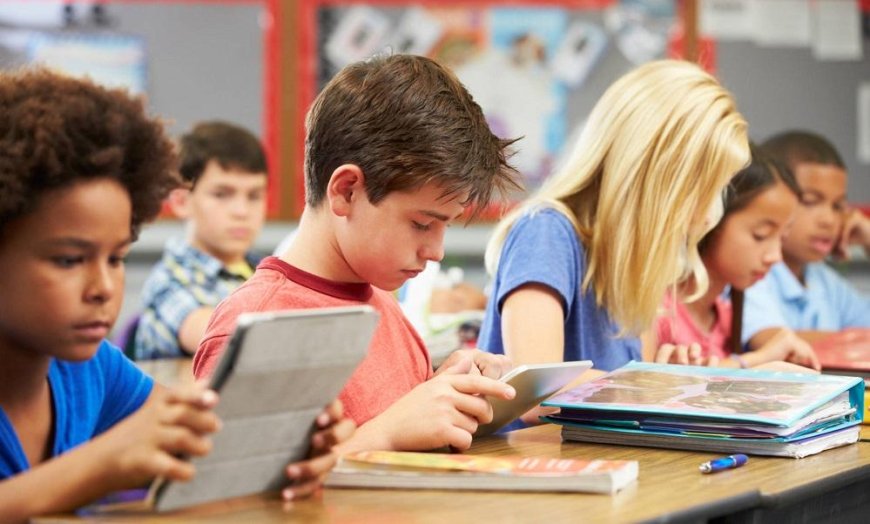Active methodologies for the classroom: which one to choose?
contextualized teaching in real world problems in which the student will develop in the future. Active methodologies for the classroom.

Little by little, active methodologies gain prominence in educational centers. With its introduction in the classroom, teaching focuses on the student in a constructive way, since the student is an active part of the teaching-learning process. In addition, it is a contextualized teaching in real world problems in which the student will develop in the future. Active methodologies for the classroom.
Next, we show you some of the most used active methodologies. If you are thinking of taking them to your classroom, which one do you find more interesting?
Although we think that active methodologies are a relatively recent educational practice, they are not. Already at the end of the 19th century, the beginning of the 20th, there began to be talk of a renewal movement - both pedagogical and educational. The commitment to a new teaching style that would make the student the protagonist of their learning process. Likewise, another of his hallmarks was his predisposition to reject memory processes in favor of a much more critical spirit.
Features and benefits of Active Methodologies
The commitment to teamwork and problem solving based on real life situations are two of the essential qualities of the use of active methodologies in the classroom.
In the same way, they achieve greater motivation and participation on the part of the student, who can contrast points of view with the rest of their classmates and present their own reasoning in each situation; hence, understanding is improved and learning achieved as well. All of this is achieved because during the process of developing their abilities and capacities they can understand a text much better, relate information to each other, know what strategy to carry out according to the context in question...
What Active Methodology to choose?
Taking into account that there are different active methodologies, the doubt arises when choosing one or the other, it could even be the case of using more than one simultaneously if the circumstances lend themselves to it. Criteria such as training and mastery of the teacher are essential. And while some think that depending on the educational stage, one or the other is preferable, others do not.
Must Read: Haleeb Foods Partners with Careem
Here are some of the most popular active Methodologies:
We have prepared a list of the most popular active methodologies so that you can put them into practice.
Problem-based learning
In this active methodology, students must solve a problem posed by the teacher in order to improve their skills and knowledge. It facilitates interdisciplinarity and achieves an increase in student curiosity.
The Case Method
The first time it was used was at Harvard Law University (United States) at the end of the 19th century. This methodology is characterized because it is the student who asks his own questions to which he himself gives answers.
Project Based Learning
The class is divided into small working groups and each one has to investigate a topic chosen democratically and that is related to the real world, giving their own solutions
Simulation
It takes place in three phases. A first of a computerized type in which the objectives are defined and the groups are organized; a second, which is the simulation itself; and a third of an evaluative type in which students discuss what would have happened if they had made another decision. Its benefits include: promotion of critical thinking, improvement of oral and / or written communication, problem solving...
Cooperative Learning
What characterizes this methodology is that the students' objectives are closely linked to each other, so that each one of them only achieved theirs if the rest of the class also achieved their own.
The learning contract
Document used to help and guide the student in their learning process of a subject, a course ... The value of this document is that it is born from an agreement and a negotiation between the student / s and the teacher. It is a method in which the responsibility of the learning process falls entirely on the student.
